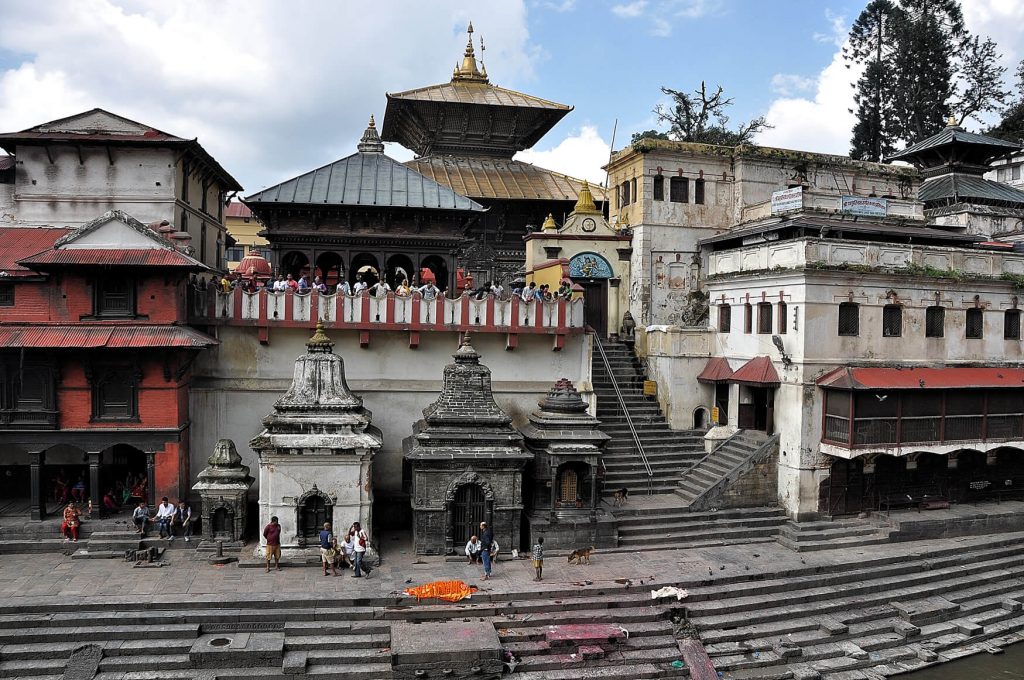Share this Article
Abstract
This article explores the complex relationship between development and heritage conservation in Nepal, particularly following the 2015 earthquakes. It discusses the legal frameworks and policies designed to protect cultural heritage while fostering sustainable development. The analysis highlights the challenges in implementing these laws and emphasizes the crucial role of community involvement in achieving a harmonious balance between development and conservation.
Introduction
The relationship between development and heritage conservation in Nepal has gained prominence, especially after the catastrophic earthquakes of 2015. These events not only caused widespread destruction but also underscored the pressing need to preserve cultural heritage, which is vital to the identity and history of local communities. The National Reconstruction Authority's Post-Disaster Recovery Framework advocates for the "Building-Back-Better" approach, aiming to restore damaged structures while improving their resilience against future disasters.
However, the journey toward effective heritage conservation is riddled with obstacles. In numerous historic towns, the ownership of cultural properties is predominantly private, leading to conflicts between individual interests and collective preservation efforts. The push for economic development often conflicts with the necessity of maintaining the integrity of cultural sites, creating a complex scenario where community participation is essential for resolving disputes and finding sustainable solutions.
Legal frameworks, including the Constitution of Nepal, the Ancient Monument Preservation Act, and various development acts, delineate the responsibilities and rights related to heritage conservation. Nonetheless, the implementation of these laws frequently falls short, revealing significant gaps in enforcement and community engagement. This article examines the existing laws and policies governing heritage conservation in Nepal, evaluates their effectiveness, and discusses the vital role of community involvement in balancing development demands with the preservation of cultural heritage. Through this exploration, we aim to underscore the importance of an integrated approach that honors both the past and future of Nepal's rich cultural landscape.
Legal and Policy Frameworks
Constitution of Nepal, 2015
The Constitution guarantees religious freedom and empowers religious organizations to manage their sacred sites. However, the government retains regulatory authority over these assets, revealing a tension between community rights and state control.
Ancient Monument Preservation Act (AMPA), 1956
AMPA provides guidelines for the preservation of public ancient monuments, granting the Department of Archaeology the authority to protect and maintain these sites. Violations can result in substantial penalties, yet enforcement remains challenging, as seen in recent controversies surrounding the Pashupatinath Temple.
Town Development Act, 1998
This act empowers Town Development Committees to regulate activities within town planning areas, ensuring the preservation of cultural and historical heritage. However, these committees often struggle with inadequate representation from local communities.
Kathmandu Valley Development Authority Act, 1988
The Act aims to create a comprehensive physical plan for the Kathmandu Valley, including heritage preservation. Despite its goals, the lack of enforcement mechanisms has rendered it largely ineffective.
Guthi Corporation Act, 1976
This act manages sites of cultural and religious significance, but there is often a disconnect between the responsibilities of the Guthi Corporation and the preservation of tangible heritage, as evidenced by the limited prioritization of Guthi assets.
Pashupati Area Development Trust Act, 1987
Focusing on the protection and development of the Pashupatinath area, this act emphasizes the need for planned development that respects cultural heritage. Nonetheless, incidents like the Golden Jalahari controversy highlight gaps in implementation.
Local Administration Act, 1971
This act grants local authorities the power to maintain and document heritage sites, but the effectiveness of this oversight varies, often depending on local governance capacity.
International Conventions
Nepal's ratification of the Convention Concerning the Protection of the World Cultural and Natural Heritage reflects its commitment to international standards for heritage protection. However, the lack of enforcement mechanisms complicates the safeguarding of cultural sites.
Challenges in Implementation
Despite the presence of comprehensive legal frameworks, several challenges hinder the effective implementation of heritage conservation laws in Nepal:
- Weak Enforcement: Many laws are inadequately enforced, leading to violations and neglect of heritage sites.
- Lack of Community Involvement: Local communities often lack representation in decision-making processes, resulting in policies that do not align with their needs or values.
- Conflicts of Interest: The pursuit of economic development can conflict with conservation efforts, particularly in areas with private land ownership.
- Inadequate Resources: Limited financial and technical resources impede the effective implementation of conservation initiatives.
Recommendations for Improvement
To foster a more balanced approach to development and heritage conservation, the following strategies are recommended:
- Strengthening Legal Frameworks: The government should revise existing laws to enhance their effectiveness and ensure they are contextually relevant to local communities.
- Enhancing Community Participation: Involving local communities in decision-making processes can build trust and ensure that conservation efforts reflect their cultural values.
- Implementing Environmental and Cultural Impact Assessments: Integrating Environmental Impact Assessments (EIA) and Cultural Impact Assessments (CIA) into development planning can help identify potential impacts on heritage sites and promote sustainable alternatives.
- Capacity Building: Investing in training and resources for local authorities and stakeholders can improve the monitoring and enforcement of heritage protection laws.
Conclusion
The delicate balance between development and heritage conservation in Nepal presents both challenges and opportunities. As the nation continues to rebuild after the 2015 earthquakes, it is crucial to adopt a holistic approach that considers environmental, social, and cultural dimensions of development. By strengthening legal frameworks, enhancing community involvement, and implementing effective assessment processes, Nepal can work toward a future that honors its rich cultural heritage while promoting sustainable development.
Categories:
Sustainable Development
Tags:







